Marrakech steals the limelight with its colorful souks and amazing buildings, but the city is only one aspect of Morocco’s astounding diversity. The country, from its Mediterranean beaches across Saharan sand dunes, from snow-covered Atlas peaks to Atlantic fishing villages, offers experiences that challenge every cliché about North Africa travel. Few of its other remarkable destinations are known in the international tourist market, which never goes beyond the classic circuit of the imperial cities.
The real Morocco emerges in places where ancient Berber traditions persist alongside modern Moroccan life, where French colonial influence blends with Arabic culture, and where dramatic landscapes create backdrops for authentic encounters with local communities. Here is a list of 18 experiences across Morocco that reveal the country’s complexity far beyond Marrakech’s famous attractions.
Chefchaouen Blue City Morning Markets
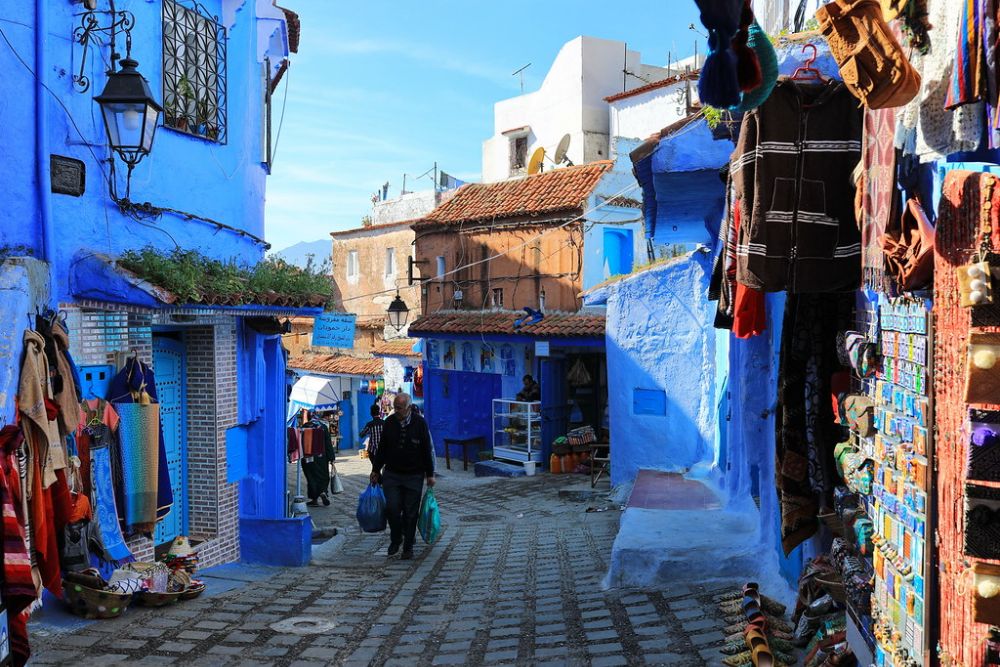
This mountain town’s distinctive blue-painted buildings create a surreal backdrop for one of Morocco’s most authentic market experiences. Local vendors arrive before dawn to set up stalls selling regional specialties like hand-woven textiles, artisanal pottery, and mountain honey that rarely appears in tourist markets elsewhere. The blue paint tradition originated with Jewish refugees in the 1930s and has been maintained by subsequent generations who consider it essential to the town’s spiritual atmosphere. Early morning light creates the most photogenic conditions while avoiding the heat and crowds that arrive later in the day.
Essaouira Windsurfing Atlantic Coast
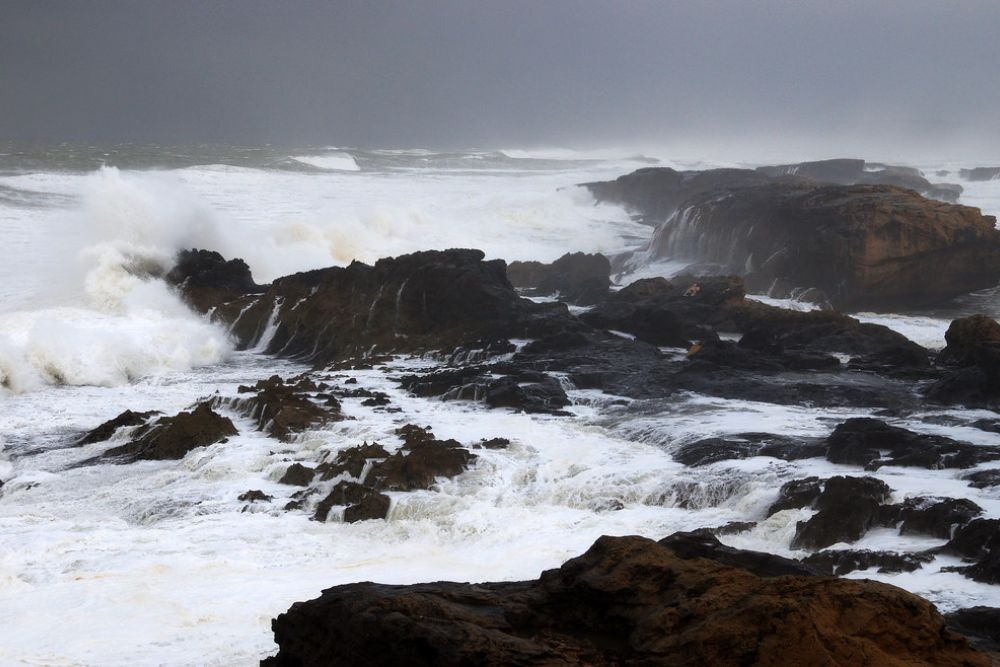
Morocco’s Atlantic coast produces consistent trade winds that create world-class windsurfing conditions year-round, attracting European professionals who train here during winter months. The town’s Portuguese-influenced architecture provides a distinctive backdrop for water sports activities that take advantage of Morocco’s position between Mediterranean and Atlantic weather systems.
Local fishermen have adapted their traditional boats to provide windsurfing instruction and equipment rental, creating economic opportunities that blend tourism with maritime traditions. The constant wind also makes Essaouira noticeably cooler than inland cities, providing relief from Morocco’s intense summer heat.
Like Travel Pug’s content? Follow us on MSN.
Todra Gorge Rock Climbing
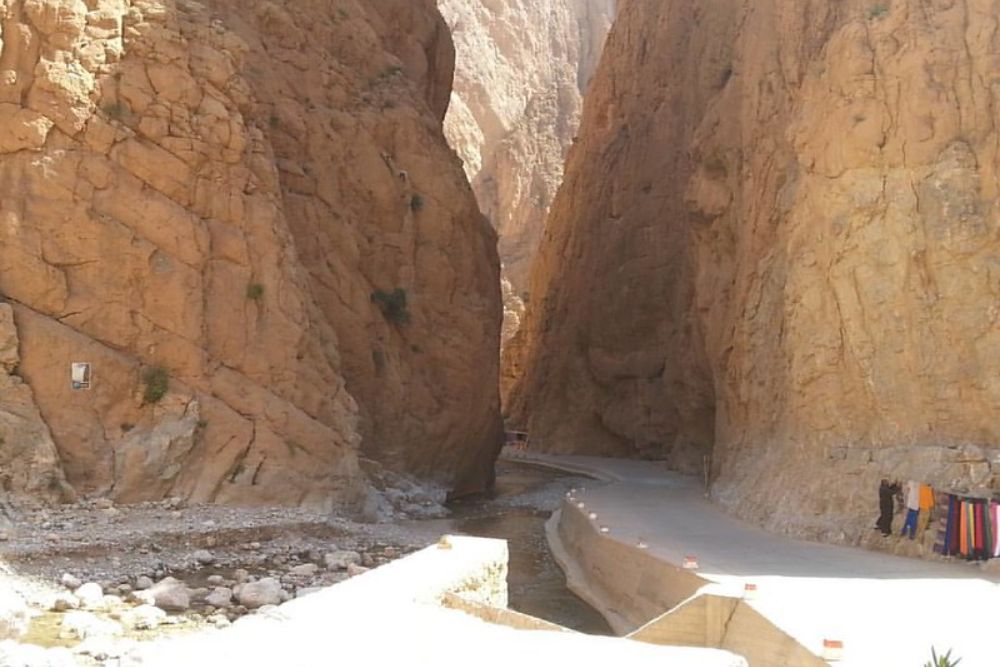
This dramatic canyon in the High Atlas Mountains contains some of Africa’s best limestone climbing, with routes ranging from beginner-friendly to world-class difficult levels. The gorge’s narrow walls create shade throughout most of the day, making climbing possible even during summer months when other Moroccan outdoor activities become unbearable. Local
Berber families have established climbing camps and guide services, creating economic opportunities in a region where traditional agriculture struggles with changing climate conditions. The surrounding palm groves and traditional villages provide a cultural context that makes climbing here distinctly different from European or American climbing destinations.
Merzouga Sahara Desert Camping
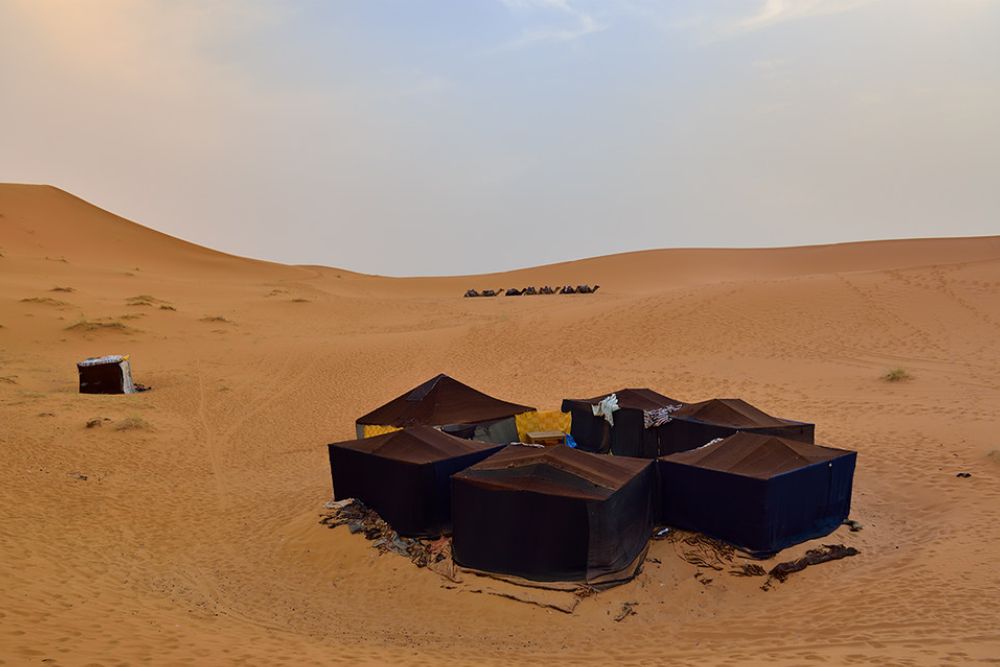
Beyond the standard camel trek tourist experience, serious desert enthusiasts can arrange multi-day camping expeditions deep into the Erg Chebbi dunes with local Berber guides. These extended trips provide opportunities to experience genuine desert silence and star visibility that’s unavailable near any settlement.
Local guides possess navigation skills passed down through generations of desert travel, along with knowledge of water sources and weather patterns essential for safe desert travel. The experience includes traditional desert cooking methods and sleeping techniques that allow comfortable camping in extreme temperature variations.
Asilah Portuguese Colonial Architecture
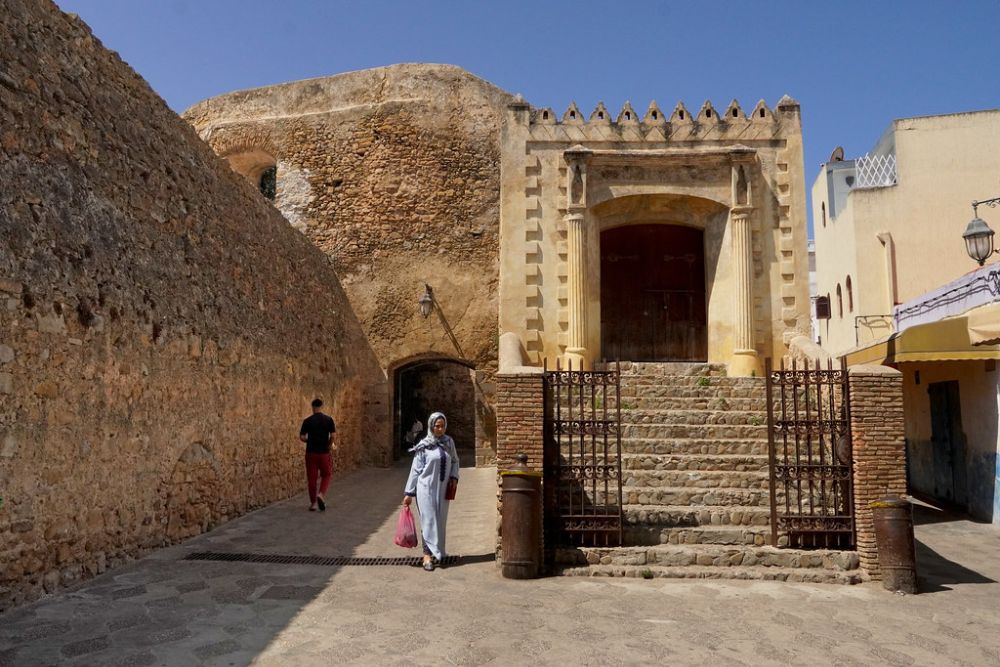
This coastal town preserves Portuguese colonial architecture from the 15th and 16th centuries, creating a unique blend of European and North African architectural styles. The medina walls contain murals by international artists who participate in an annual festival that transforms the town into an open-air art gallery.
Local artists and craftspeople maintain traditional techniques while incorporating contemporary themes, creating a living artistic community rather than a preserved historical site. The town’s position on the Atlantic coast provides dramatic sunset views and consistent ocean breezes that make it comfortable even during peak summer months.
Like Travel Pug’s content? Follow us on MSN.
Ouarzazate Film Studio Tours
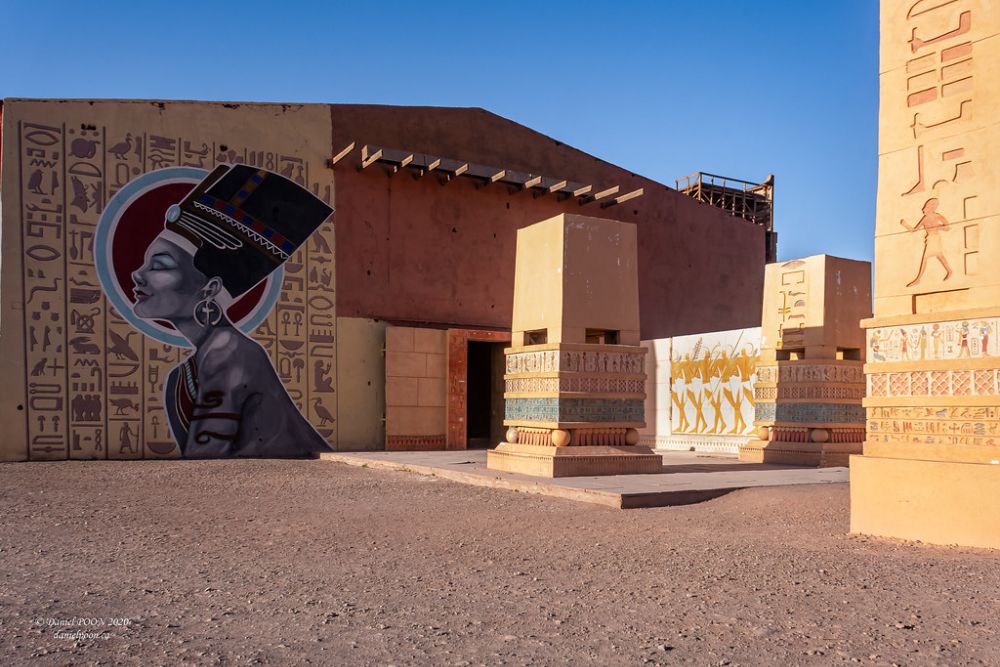
This desert city serves as the ‘Hollywood of Morocco,’ hosting film productions for major international movies and television series set in desert environments. The Atlas Studios complex contains permanent sets representing everything from ancient Egyptian temples to Tibetan monasteries, built for specific productions but maintained for ongoing filming.
Local craftspeople have developed specialized skills in set construction and film support services, creating a unique economy based on international film production. Behind-the-scenes tours reveal the technical methods used to create desert movie magic while providing insights into Morocco’s growing film industry.
Fes Medina Artisan Workshops

Beyond the tourist-oriented shops in Fes’s famous medina, traditional workshops continue producing handcrafted goods using techniques unchanged for centuries. These workshops specialize in specific crafts like metalworking, leatherworking, and textile production, with master craftsmen training apprentices in methods passed down through family lineages.
Many workshops welcome visitors who show genuine interest in learning about traditional techniques rather than just purchasing finished products. The complex web of narrow alleys contains hundreds of workshops, each contributing to Fes’s reputation as Morocco’s traditional craft center.
Dades Valley Rose Festival
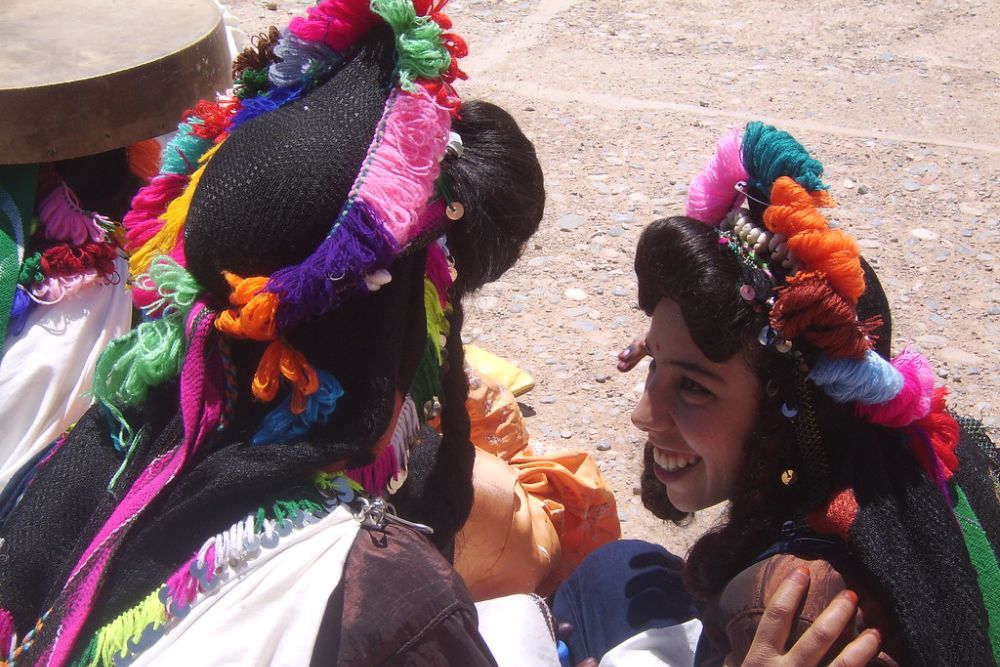
Each May, the Valley of Roses celebrates the annual rose harvest with a festival that combines traditional Berber culture with the region’s most important agricultural product. Local families have cultivated roses for generations, producing rose water and rose oil that supplies Morocco’s cosmetic and culinary industries.
The festival includes traditional music, dancing, and food alongside demonstrations of rose processing techniques that transform thousands of rose petals into valuable essential oils. The surrounding landscape of red rock formations and green oases creates a spectacular backdrop for celebrating this ancient agricultural tradition.
Like Travel Pug’s content? Follow us on MSN.
Tetouan Spanish Colonial Medina

This northern city preserves Spanish colonial influence more completely than any other Moroccan destination, creating a unique architectural blend that reflects centuries of Iberian-Moroccan cultural exchange. The medina’s narrow streets contain buildings that combine Moorish and Andalusian styles, many decorated with distinctive Spanish tiles and ironwork.
Local artisans continue producing traditional crafts using techniques brought by Spanish refugees who settled here during various historical periods. The city’s position near the Spanish enclave of Ceuta creates ongoing cultural connections that influence everything from architectural maintenance to local cuisine.
Volubilis Roman Ruins Sunrise

These extensive Roman ruins near Meknes contain some of North Africa’s best-preserved mosaics and architectural remains yet attract relatively few visitors compared to other Mediterranean Roman sites. Early morning visits provide optimal lighting for photography while avoiding heat and tour groups that arrive later in the day.
The site’s hilltop position commands panoramic views across agricultural plains that have been continuously farmed since Roman times. Local guides possess detailed knowledge of Roman history in Morocco and can explain how Roman occupation influenced subsequent Moroccan architectural and agricultural development.
Ifrane Mountain Resort Town
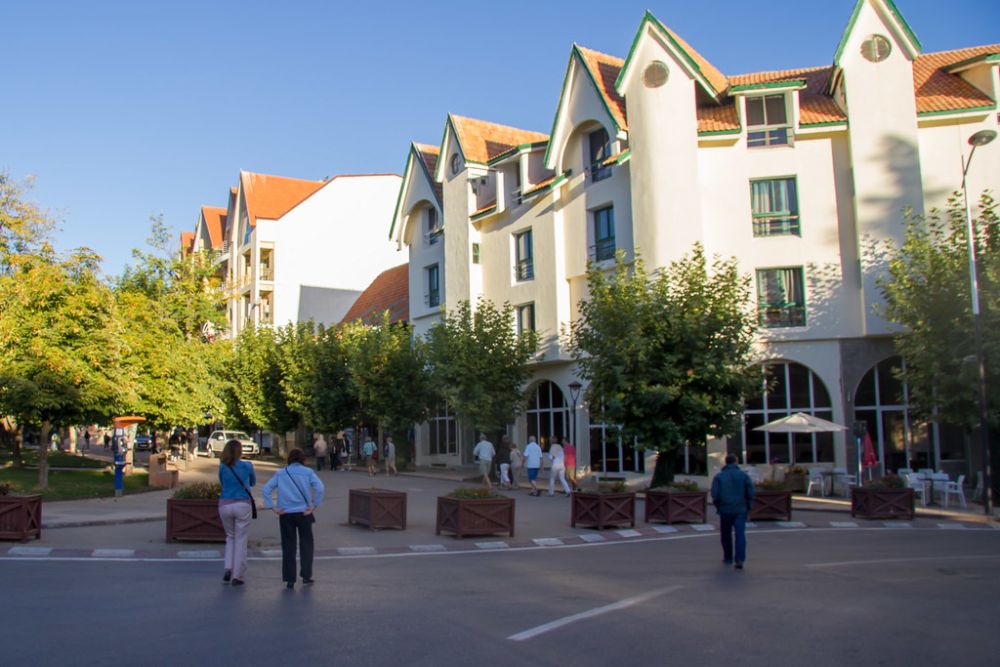
Known as ‘Little Switzerland,’ this High Atlas mountain town was built by the French as a summer retreat and maintains European-style architecture at 5,400 feet elevation. The town provides relief from Morocco’s heat during the summer months while offering skiing opportunities during the winter months on nearby slopes.
Local Berber communities have adapted to serve the resort economy while maintaining traditional cultural practices in surrounding villages. The contrast between European-style resort facilities and traditional Berber mountain culture creates a uniquely Moroccan mountain experience.
Like Travel Pug’s content? Follow us on MSN.
Oualidia Lagoon Oyster Farms
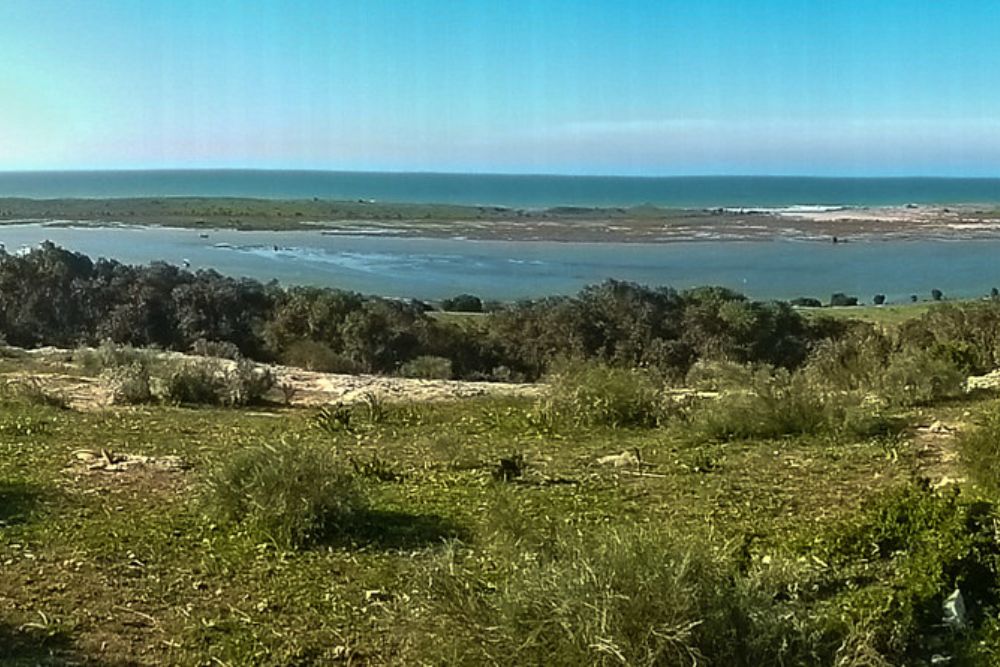
This protected coastal lagoon produces Morocco’s only oysters, cultivated using French techniques introduced during the colonial period and refined by local aquaculture specialists. The lagoon’s unique combination of Atlantic Ocean influence and protected shallow water creates ideal conditions for oyster farming that exist nowhere else in North Africa.
Local restaurants serve fresh oysters alongside traditional Moroccan cuisine, creating fusion dining experiences that reflect Morocco’s complex cultural influences. The surrounding wetlands support migratory birds and provide excellent birdwatching opportunities during seasonal migrations.
Midelt Apple Orchards
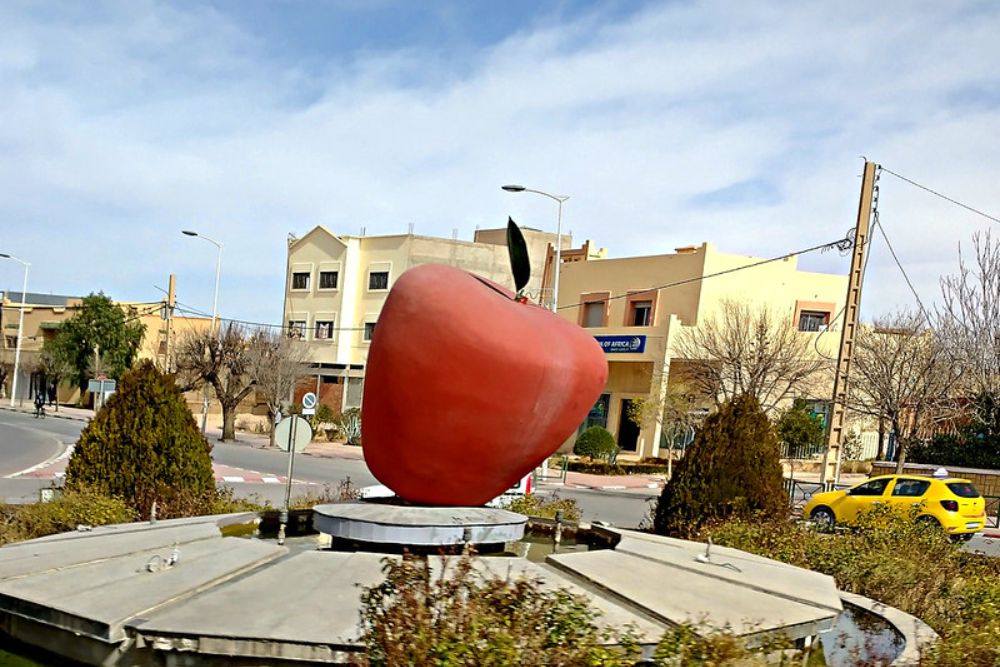
This High Atlas valley town sits at the center of Morocco’s apple-growing region, where mountain climate and irrigation from Atlas snowmelt create ideal conditions for fruit cultivation. Local farmers have developed techniques that allow apple production in semi-arid conditions, creating orchards that seem to emerge from desert landscapes.
The annual apple harvest involves traditional community cooperation methods while incorporating modern agricultural techniques. Visiting during harvest season provides opportunities to participate in traditional agricultural activities while enjoying mountain scenery and hospitality.
Zagora Desert Gateway
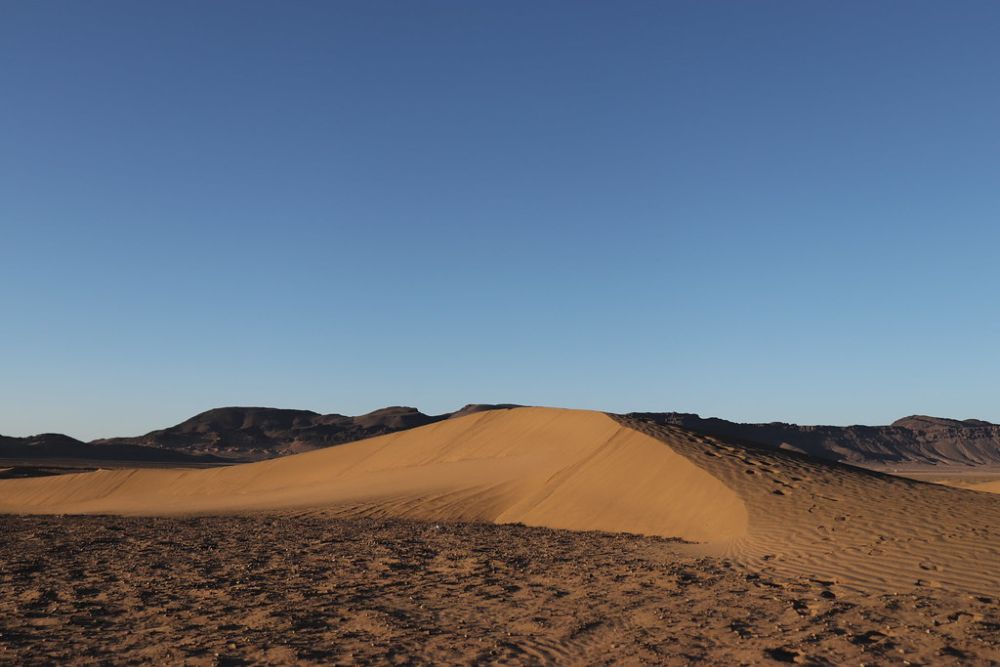
This southern town serves as the traditional starting point for Sahara Desert expeditions, maintaining an authentic desert town atmosphere without the tourist development that has transformed other desert access points. Local families continue operating traditional desert trading businesses alongside tourism services, creating opportunities to observe genuine desert commerce.
The weekly market attracts nomadic traders from throughout the region, offering insights into traditional Saharan economic systems. The town’s position at the edge of the Sahara creates dramatic landscape contrasts between palm grove oases and rolling dunes.
Like Travel Pug’s content? Follow us on MSN.
Moulay Idriss Pilgrimage Town
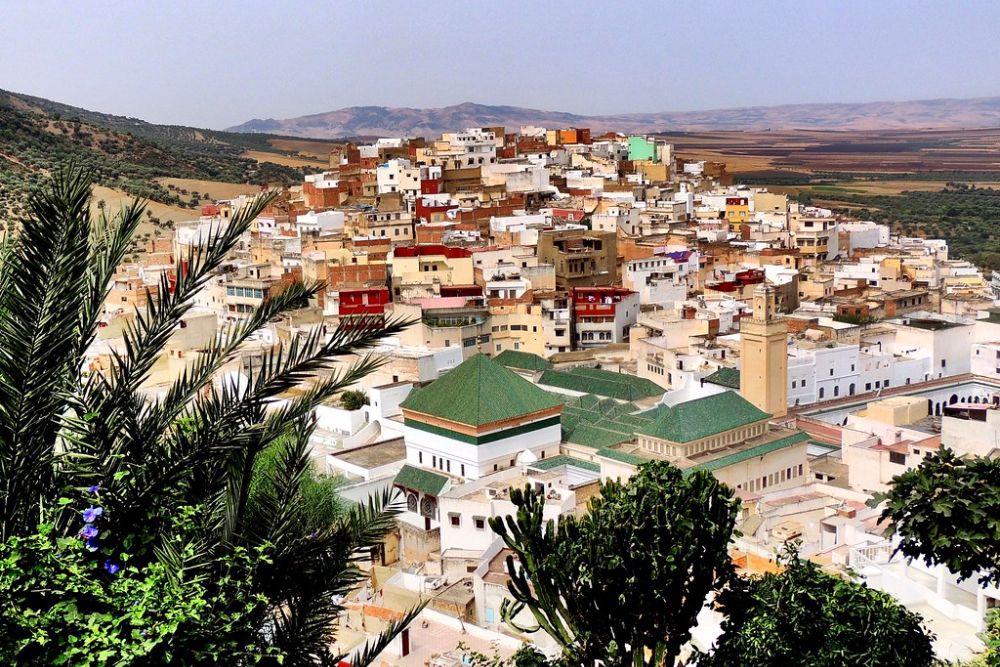
This holy city attracts Moroccan pilgrims year-round but remains largely unknown to international tourists due to its religious significance and former restrictions on non-Muslim visitors. The town’s hillside location provides panoramic views across the Zerhoun Hills while maintaining an atmosphere of spiritual devotion that influences daily life.
Traditional crafts and food preparation methods continue unchanged due to the town’s religious importance and conservative character. Recent changes in visitor policies allow respectful tourism while maintaining the town’s spiritual atmosphere and cultural authenticity.
Al Hoceima Mediterranean Beaches

Morocco’s Mediterranean coast contains pristine beaches that rival European destinations but receive virtually no international tourism due to limited infrastructure development. The region’s Spanish colonial influence creates architectural styles distinct from Atlantic coastal towns, while local fishing communities maintain traditional Mediterranean maritime culture.
Crystal-clear water and protected coves provide excellent swimming and snorkeling conditions during extended Mediterranean swimming seasons. The region’s isolation has preserved traditional Rif Mountain Berber culture alongside Mediterranean coastal traditions.
Skoura Palmgrove Oasis
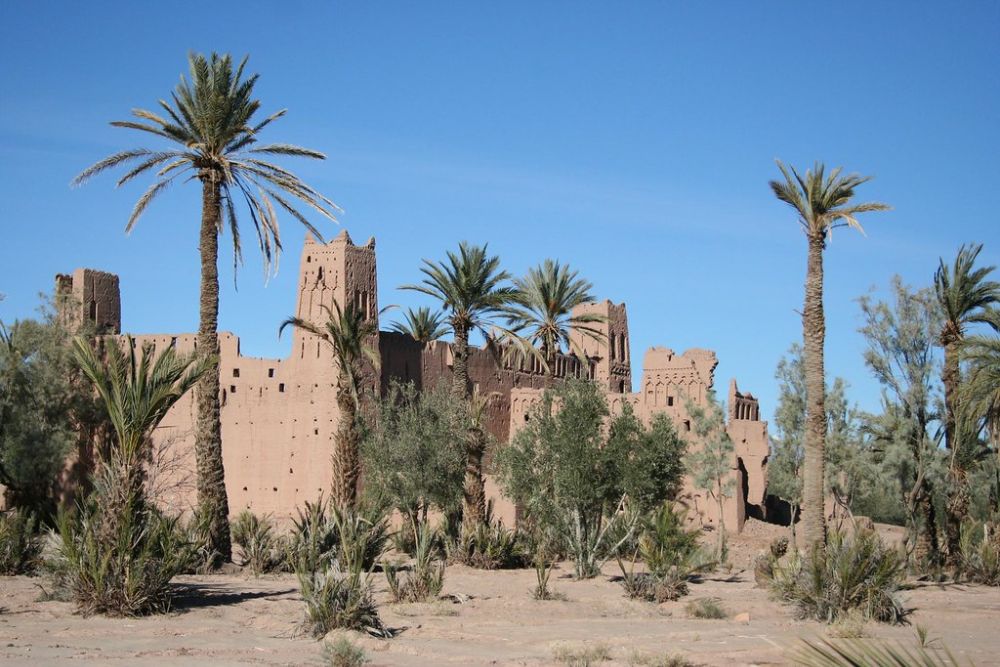
This extensive palm grove oasis contains traditional kasbahs and irrigation systems that demonstrate centuries of desert agriculture techniques. Local families continue maintaining traditional date palm cultivation while adapting to modern market demands for organic and traditional agricultural products.
The oasis system supports diverse agriculture, including vegetables, grains, and fruit trees that create a complex ecosystem within desert conditions. Traditional mud-brick architecture remains functional and well-maintained, providing examples of sustainable desert construction techniques.
Like Travel Pug’s content? Follow us on MSN.
Larache Atlantic Fishing Port
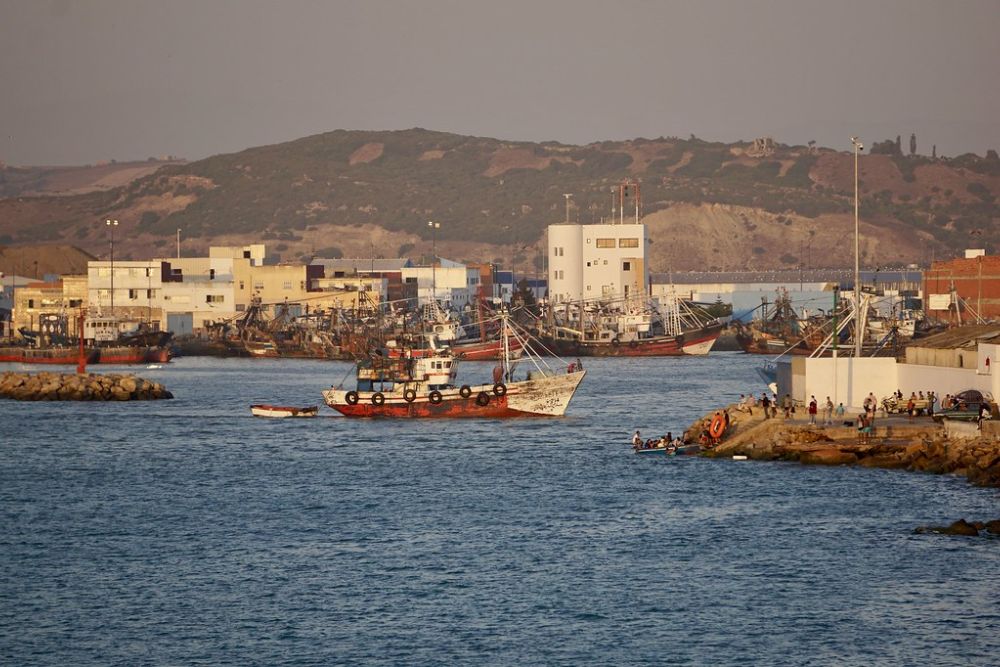
This working fishing port maintains traditional Moroccan maritime culture without significant tourist development, providing authentic experiences of Atlantic coastal life. Local fishermen continue using traditional boats and fishing methods while adapting to modern market demands and conservation requirements.
The town’s Spanish colonial architecture reflects its complex history while serving the practical needs of a working port community. Daily fish markets provide opportunities to observe traditional commerce and sample fresh Atlantic seafood prepared according to local recipes.
Erfoud Fossil Discovery
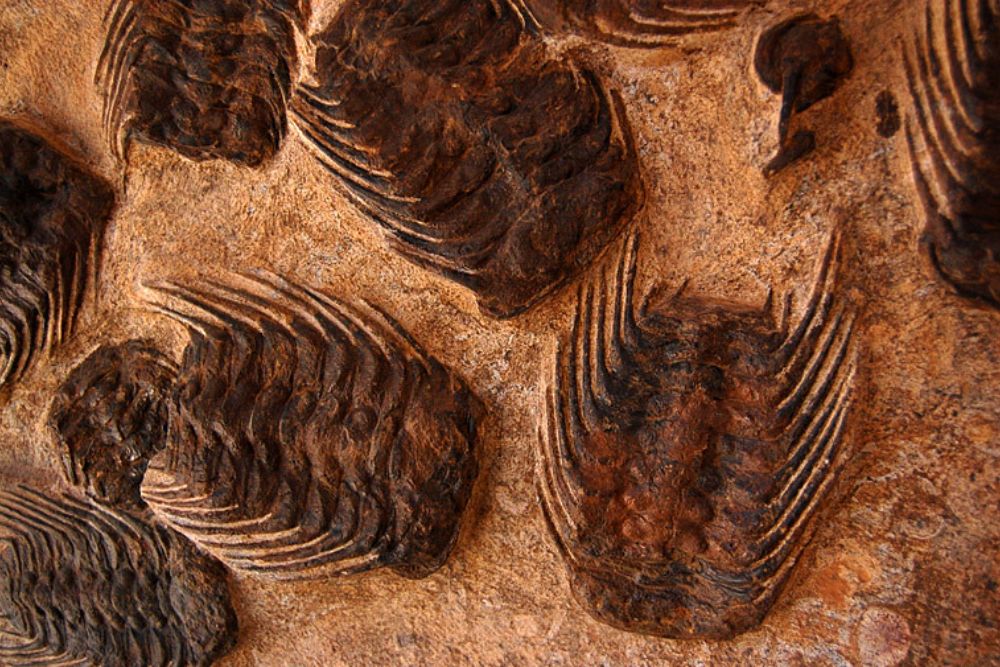
This eastern town sits at the center of Morocco’s fossil-rich region, where local families have developed expertise in fossil extraction and preparation over several generations. Traditional fossil workshops demonstrate techniques for revealing ancient marine creatures preserved in local limestone, creating items ranging from decorative objects to scientific specimens.
The surrounding desert contains numerous fossil sites where visitors can participate in guided fossil hunting expeditions. Local geological knowledge passed down through families provides insights into Morocco’s ancient history when tropical seas covered the Sahara.
Cultural Complexity Beyond Tourist Routes
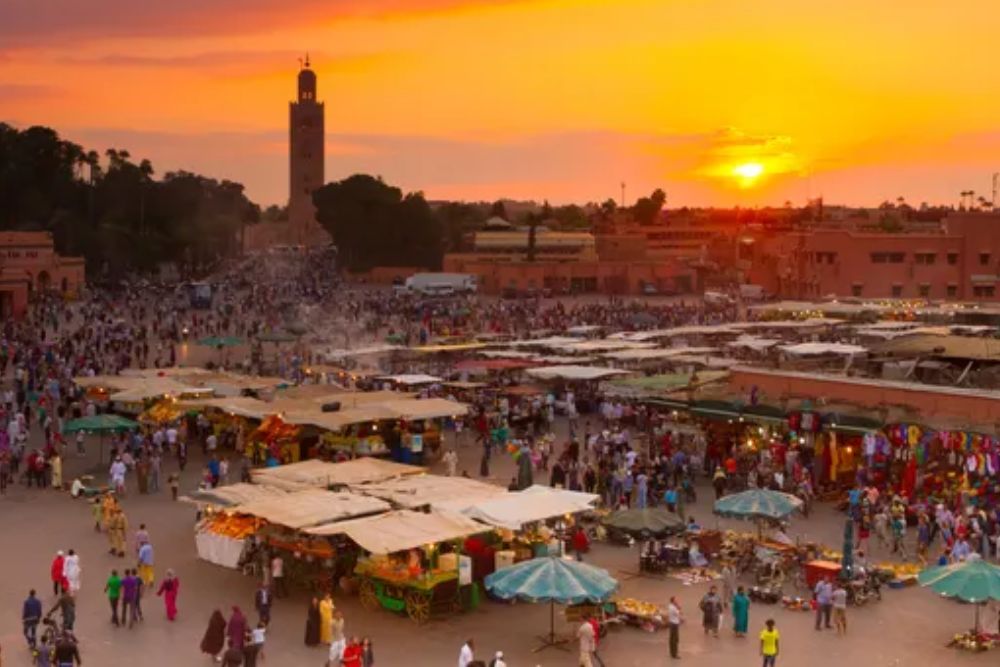
These experiences reveal Morocco’s remarkable diversity across geography, climate, culture, and history that extends far beyond any single city or region. Each destination reflects specific combinations of Berber, Arab, African, and European influences that created distinct local cultures while maintaining connections to broader Moroccan identity.
The country’s position at the crossroads of Africa, Europe, and the Middle East continues to generate cultural complexity that rewards travelers willing to explore beyond established tourist circuits.
More from Travel Pug

- 20 Best Beach Towns in the Carolinas
- 13 Destinations Where Tourists Regularly Regret Their Trip
- 20 Things You Actually Get in First Class
- 20 Small Airports With Aviation Museums
- 20 Places in the U.S. That Are Perfect for a Reset Trip
Like Travel Pug’s content? Follow us on MSN.
